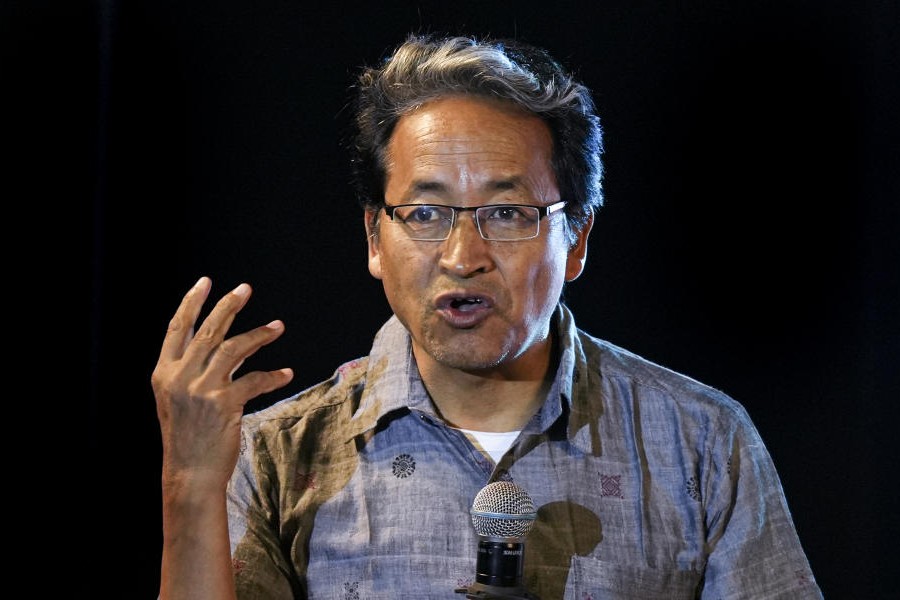 |
Policymakers in India have long felt the need for economic corridors to link adjoining states to facilitate growth by easing infrastructure bottlenecks, improving access to markets, and boosting productivity through urbanization and associated agglomeration effects. These corridors are expected to promote inclusive growth by expanding economic opportunities in backward regions and providing forward linkages with urban centres and industrial clusters. The Delhi-Mumbai industrial corridor was the first one, followed by the corridors linking Chennai-Bangalore, Amritsar-Calcutta, and Bangalore-Mumbai. Policymakers in southeast Asia have shown that strategically located national economic corridors can also boost regional cooperation through increased investment and trade by encouraging production fragmentation and linking domestic producers with global production networks. The proposed East Coast economic corridor, linking Calcutta to Chennai, is ideally suited to perform this role. Not surprisingly, the Asian Development Bank has been entrusted to support this corridor, and — it is to be hoped — ensure its natural connectivity to the southeast and east Asian production networks.
The project is still in the concept stage. Having participated in the ADB workshop on economic corridors in south Asia held in Manila last October, I felt that the importance of a proper design of the ECEC cannot be understated. Economic corridors need to become conduits of effective connectivity which is more than expanding infrastructure and urban development, which have been the main focus of the other Indian corridors. In the ECEC, which includes the states of Tamil Nadu, Andhra Pradesh, Odisha and West Bengal, and also parts of Jharkhand, Eastern Uttar Pradesh, Bihar and Madhya Pradesh, the challenge of economic connectivity is far more significant than that faced by the western coastal hinterland. The vast majority of India’s economic activity, including exports, is along an economic axis joining the economic clusters around Delhi, the national capital region, and Punjab with that of Gujarat and Maharashtra, and extending to some parts of Karnataka. A vast majority of economic flows in India represent a movement along this axis, or from other states and regions towards this axis. The eastern coastal hinterland trades very little among itself precisely because there is hardly any supply-chain linkage connecting these states. This is rather shocking since there are huge opportunities for building sustainable and competitive value-chains across a wide number of industries in this region. What is preventing the development of such value-chains is connectivity in the wider economic sense. The ECEC faces three connectivity challenges.
The first big challenge is the connectivity between the trunk infrastructure of roads and rail networks to the actual economic cluster or gateway (like a major port or airport). The physical infrastructure for connectivity largely exists. There are good railway and road connections joining most economic clusters in West Bengal, Odisha, Andhra Pradesh and Tamil Nadu with one another and the rest of the country. The emerging mining and industrial clusters in Odisha and Jharkhand are also near the trunk road and rail infrastructure. Hence, instead of trying to add capacity to trunk infrastructure that is adequate on the whole, greater focus needs to be put on identifying the last mile connectivity between the trunk infrastructures and emerging economic clusters and addressing this particular connectivity challenge. Physical infrastructure would need to be developed, linking parts of the less developed states like Jharkhand, eastern UP, and parts of Andhra that have poor connectivity to the main axial trunk infrastructure that runs between Calcutta and Chennai, as well as the trunk infrastructure connecting the eastern coastal regions to the west.
The second big challenge is the quality of state-border crossing in terms of multiple check points, frequent physical inspection, and a large number of state and local taxes that need to be paid at different points. The development of seamless corridors with minimum physical inspection of trucks and single-point tax payment systems would provide a big boost to connectivity. Since intra-national movement is a challenge common to all of India, an initiative in the eastern coastal region to address this would serve as an example that can be taken to the rest of India. If such reforms were then implemented nationally, it would be a transformational reform reducing 2-3 percentage points from the overall transaction costs imposed on national supply-chains, and make India a more competitive geography from the global production network perspective and help bring in foreign direct investment. In that sense the eastern economic corridor can play the role of a national pathfinder.
The third big challenge requires greater strategic focus, and is related to the development of competitive value-chains. This would require targeted development of economic clusters linked to production networks in the region and with the wider Asian production networks. Economic connectivity would have to be developed keeping in mind this focus on sector-specific production networks. Effectively developing a high-end metallurgy industry in the industrial-mining circle of West Bengal, Odisha and Jharkhand with substantial linkage to east Asian manufacturing through a dedicated hub in Vishakhapatnam, as well as to the automobile and engineering clusters of Tamil Nadu, is one such example. This would require cluster mapping and active selling of such locations to global majors for investment in such industries leveraging the commitment to develop connectivity and a very positive business environment. There is potential for intra-south Asian production networks as well. An India-Bangladesh production network incorporating Indian textile and yarn with Bangladeshi readymade garments and linking the Tamil Nadu RMG industry with its Bangladeshi counterparts represents another such opportunity. Again, linkages of eastern coastal regions to rest of Asia and the world, for example through well-functioning air-hubs in Calcutta and Hyderabad, and through the port of Vizag and Chennai, would play a critical role. This would mean investment in better land-border management and trade facilitation (vis-à-vis the India-Bangladesh border), and investment in developing competitive air-hubs in Calcutta and Hyderabad with the help of private investment from large logistics companies. The ECEC, through trade and transit facilitation between India and Bangladesh, can also play an important role in linking the economically backward Northeast region to the rest of India and beyond.
A common thread linking the three big ideas above is that such development is essential to the growth of the regional economy of the eastern coastal states and the states that comprise their hinterland. If these states do not want just to continue with supplying raw materials to industries in Gujarat, Maharashtra and the Delhi NCR, then proactive industrial development through integration with regional and global production networks have to become their economic policy priority. The initiatives that are required to develop the building blocks of such an economic trajectory, whether investing in last-mile infrastructure, simplification of state-border crossings, or targeted industrial development are also essentially state government-led bottom up initiatives. The ECEC, therefore, has to be a project where the state governments, unlike in the DMIC, must play a lead role in both the planning and execution of the project in close collaboration with the Indian government’s nodal agency — the department of industrial policy and promotion. In this context, this region is fortunate to have three very dynamic and popular chief ministers in West Bengal, Odisha and Tamil Nadu who enjoy a strong rapport with one another.
If designed right, the ECEC could become the first 21st century economic corridor in India which is in line with the trade reforms needed in the evolving global trade landscape, where linking to global production networks through trade and logistics facilitation is the vehicle for achieving high and inclusive growth through exports, job creation, and a larger inflow of FDI.











